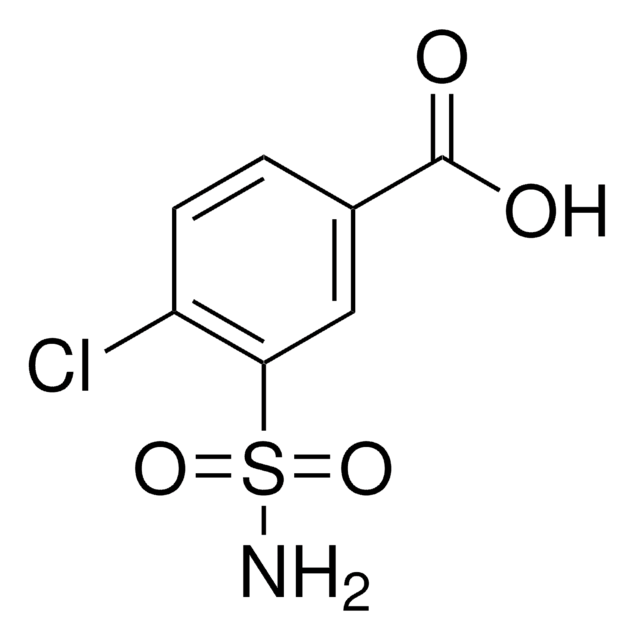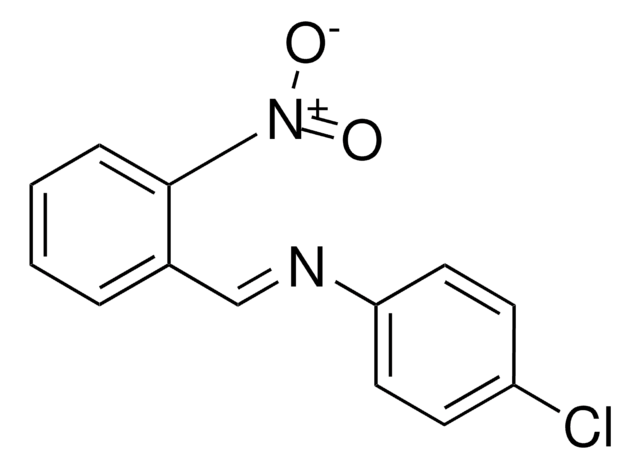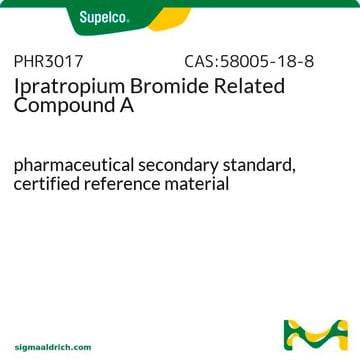MABF2752
Anti-HHV-8 PF-8 Antibody, clone 11D1
Synonym(s):
PF-8;KSHV ORF59
About This Item
Recommended Products
biological source
mouse
Quality Level
conjugate
unconjugated
antibody form
purified antibody
antibody product type
primary antibodies
clone
11D1, monoclonal
mol wt
calculated mol wt 42.41 kDa
purified by
using protein G
species reactivity
virus
packaging
antibody small pack of 100 μg
technique(s)
immunocytochemistry: suitable
immunoprecipitation (IP): suitable
western blot: suitable
isotype
IgG2b
epitope sequence
Unknown
Protein ID accession no.
UniProt accession no.
shipped in
ambient
target post-translational modification
unmodified
Gene Information
vaccinia virus ... ORF45(4961474)
General description
Specificity
Immunogen
Application
Evaluated by Immunocytochemistry in BCBL-1 cells.
Immunocytochemistry Analysis (ICC): A 1:50 dilution of this antibody detected Kaposi s sarcoma associated herpesvirus (HHV-8) in 12-O-Tetradecanoylphorbol 13-acetate (TPA) treated (20 ng/mL; 48 h) BCBL-1 cells.
Tested Applications
Immunoprecipitation Analysis: A representative lot immunoprecipitated PF-8 of HHV-8 in Immunoprecipitation applications (Chan, S.R., et al. (1998). Virology. 240(1):118-26; Chan, S.R., et al. (2000). J Virol. 74(23):10920-9).
Western Blotting Analysis: A representative lot detected OF-8 of HHV-8 in Western Blotting applications (Chan, S.R., et al. (1998). Virology.;240(1):118-26; Chan, S.R., et al. (2000). J Virol.;74(23):10920-9).
Immunocytochemistry Analysis: A representative lot detected PF-8 of HHV-8 in Immunocytochemistry applications (Chan, S.R., et al. (1998). Virology.;240(1):118-26).
Note: Actual optimal working dilutions must be determined by end user as specimens, and experimental conditions may vary with the end user
Physical form
Storage and Stability
Other Notes
Disclaimer
Not finding the right product?
Try our Product Selector Tool.
Storage Class Code
12 - Non Combustible Liquids
WGK
WGK 1
Flash Point(F)
Not applicable
Flash Point(C)
Not applicable
Regulatory Listings
Regulatory Listings are mainly provided for chemical products. Only limited information can be provided here for non-chemical products. No entry means none of the components are listed. It is the user’s obligation to ensure the safe and legal use of the product.
JAN Code
MABF2752-100UG:
MABF2752-25UG:
Certificates of Analysis (COA)
Search for Certificates of Analysis (COA) by entering the products Lot/Batch Number. Lot and Batch Numbers can be found on a product’s label following the words ‘Lot’ or ‘Batch’.
Already Own This Product?
Find documentation for the products that you have recently purchased in the Document Library.
Our team of scientists has experience in all areas of research including Life Science, Material Science, Chemical Synthesis, Chromatography, Analytical and many others.
Contact Technical Service







